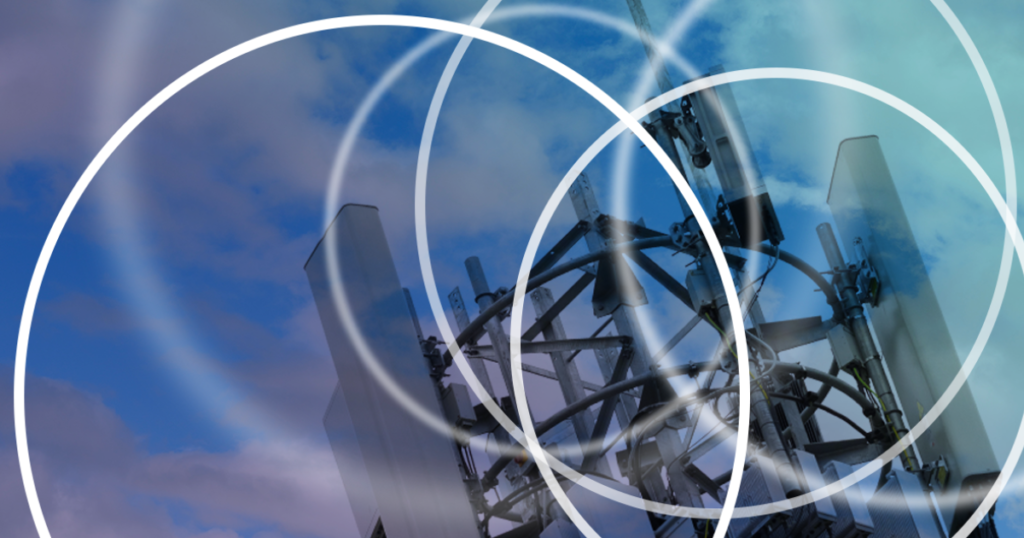Introduction
The rollout of 5G technology has sparked intense debates worldwide. While some hail it as a revolutionary leap in connectivity, others fear its potential dangers. Conspiracy theories, misinformation, and legitimate health concerns have fueled skepticism. But what are the real risks of 5G, and what is merely speculation? This article separates myths from reality to provide a clearer picture of the impact of 5G technology.
Understanding 5G Technology
5G, or fifth-generation wireless technology, is designed to deliver faster internet speeds, reduced latency, and increased connectivity. Unlike its predecessors (3G and 4G), 5G uses higher frequency radio waves and small cell networks to improve efficiency and support the growing demand for wireless communication.
Key benefits of 5G include:
- Faster Download and Upload Speeds – Capable of speeds up to 100 times faster than 4G.
- Lower Latency – Drastically reduces the delay in communication between devices.
- Increased Device Connectivity – This can support more connected devices, facilitating smart cities and IoT (Internet of Things) applications.

Myth #1: 5G Causes Cancer
One of the most widespread fears is that 5G radiation leads to cancer. This concern stems from the fact that 5G operates on higher frequency radio waves than previous generations.
Reality:
- 5G radio waves are non-ionizing, meaning they lack the energy to damage DNA or cause cancer.
- The World Health Organization (WHO) and regulatory bodies like the FCC and ICNIRP (International Commission on Non-Ionizing Radiation Protection) have confirmed that 5G operates well within safe exposure limits.
- Studies on radiofrequency (RF) exposure, including those on 4G and Wi-Fi, have found no conclusive evidence linking them to cancer in humans.
Myth #2: 5G Spreads COVID-19 and Other Diseases
During the COVID-19 pandemic, some theories suggested that 5G networks were responsible for spreading the virus.
Reality:
- Viruses cannot be transmitted via radio waves or wireless networks.
- The pandemic affected countries with and without 5G, debunking any link between the technology and COVID-19.
- The WHO has dismissed such claims as baseless misinformation.
Myth #3: 5G Causes Harmful Radiation Exposure
Many fear that increased 5G infrastructure will expose people to dangerous levels of radiation.
Reality:
- 5G uses millimeter waves (mmWave) and sub-6 GHz frequencies, which are within international safety limits.
- mmWave signals are highly directional and absorbed by objects like walls and trees, reducing their penetration and overall exposure to humans.
- RF exposure from 5G remains lower than that of commonly used devices like microwave ovens, televisions, and radios.
Myth #4: 5G Will Lead to Mass Surveillance
Some argue that 5G networks will enable governments and corporations to increase mass surveillance and invade privacy.
Reality:
- 5G’s enhanced connectivity can improve surveillance capabilities, but it does not inherently increase mass surveillance.
- Privacy risks arise from how data is collected and used, not from the network itself.
- Governments and tech companies must establish regulations to ensure ethical data handling.
Myth #5: 5G Interferes with Weather Forecasting and Aviation
Concerns have been raised that 5G signals, particularly in the 24 GHz band, might interfere with meteorological satellite observations and aviation equipment.
Reality:
- Some scientists worry that 5G signals could interfere with water vapor detection, impacting weather models.
- The aviation industry has raised concerns about C-band 5G potentially affecting aircraft altimeters.
- Regulatory agencies like the FCC and FAA are working on solutions to minimize potential interference while maintaining 5G expansion.
Real Concerns About 5G
While many fears are based on myths, there are some legitimate concerns regarding 5G technology:
- Cybersecurity Risks
- Increased connectivity expands the attack surface for cybercriminals.
- More connected devices mean greater vulnerability to hacking and data breaches.
- Governments must enforce stringent cybersecurity protocols to protect user data.
- Environmental Impact
- The production and deployment of 5G infrastructure require significant energy consumption.
- The rapid upgrade cycle of 5G-enabled devices may lead to increased electronic waste (e-waste).
- Sustainable practices in tech manufacturing and disposal must be prioritized.
- Health Impact from Increased Screen Time
- Faster internet speeds could lead to increased smartphone usage, contributing to issues like digital addiction and mental health concerns.
- While 5G itself is not harmful, excessive exposure to digital devices may have social and psychological consequences.
Conclusion
5G technology is a game-changer for global connectivity, but misinformation has clouded public perception. While some concerns, such as cybersecurity and environmental impact, are valid, many fears—such as cancer risks, COVID-19 transmission, and radiation hazards—are unfounded.
The key lies in responsible deployment, strict cybersecurity measures, and public education to ensure that 5G benefits society without unnecessary fear and misinformation. As technology evolves, staying informed is crucial in distinguishing fact from fiction.